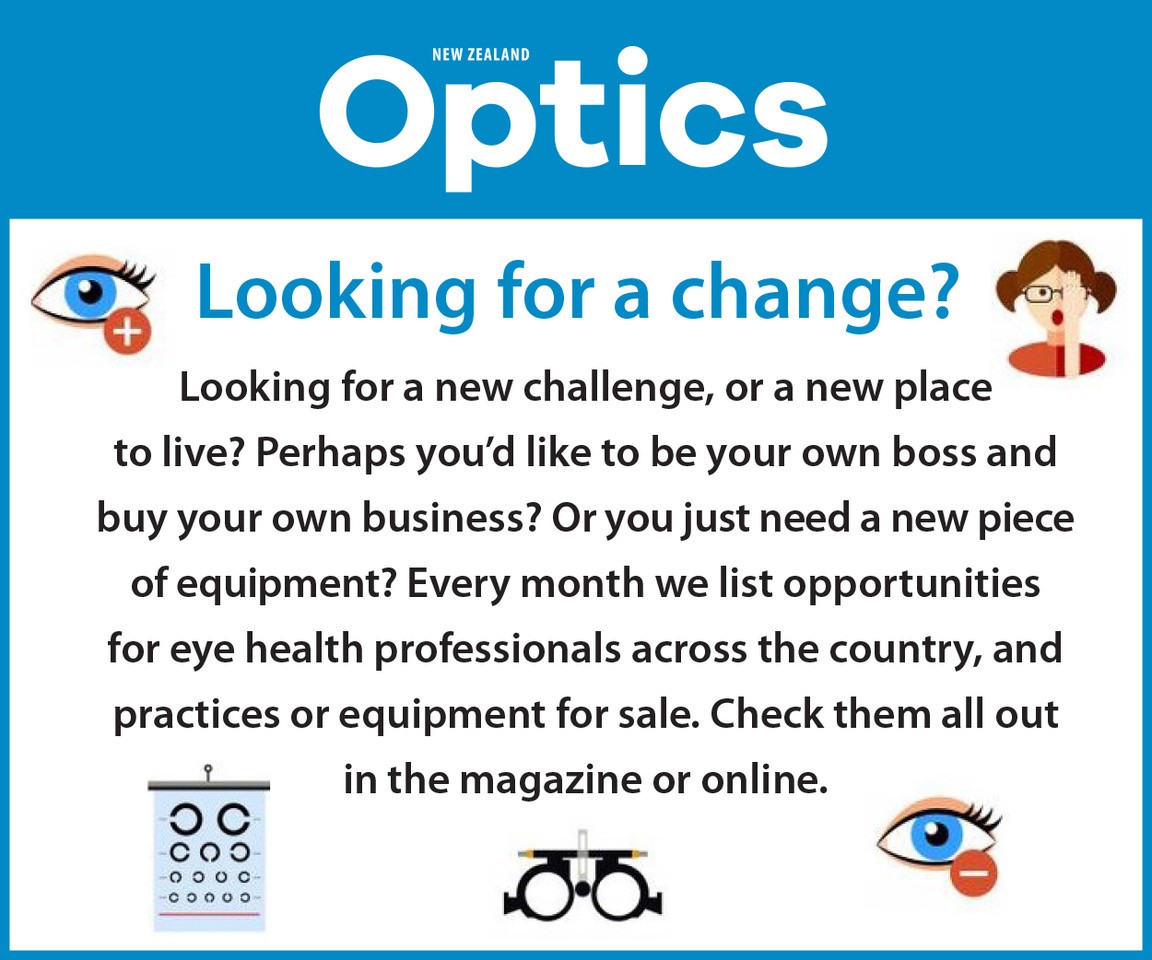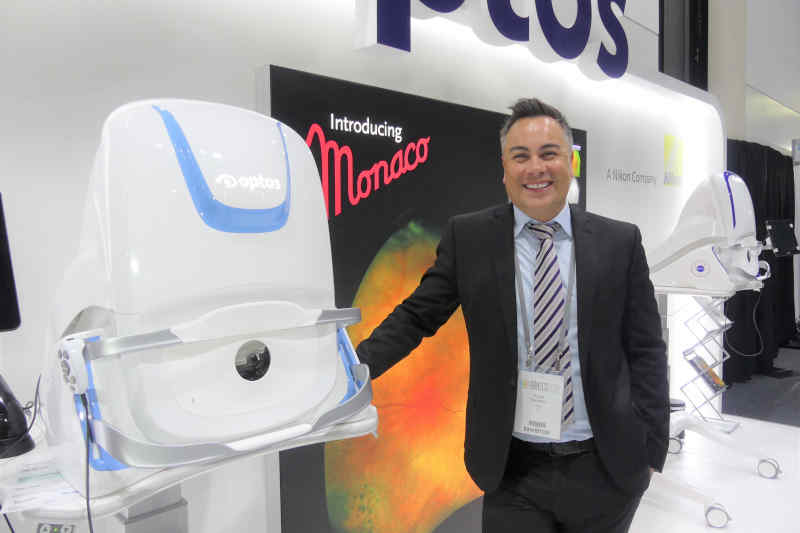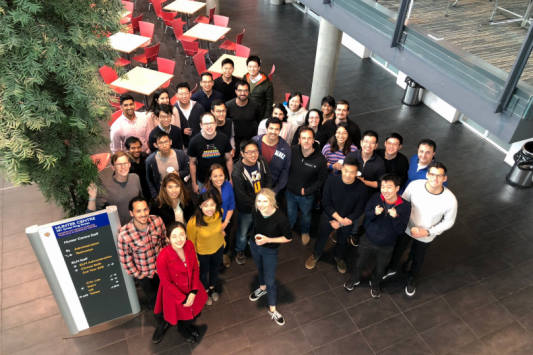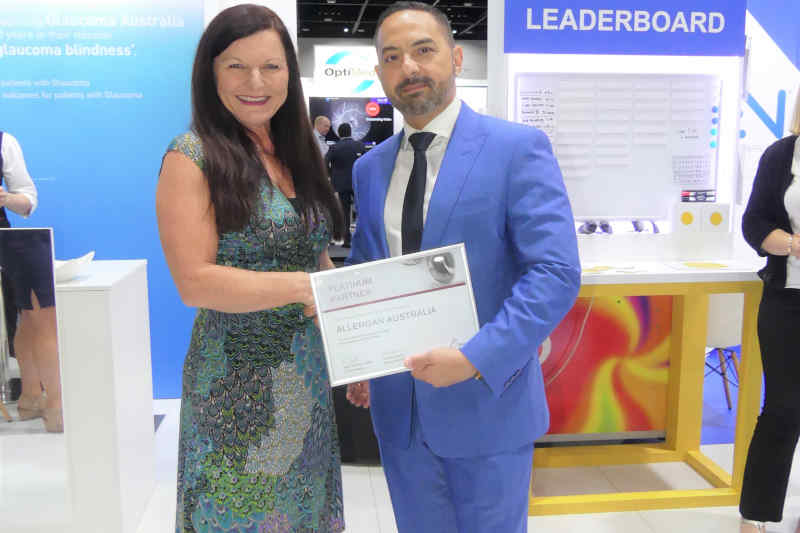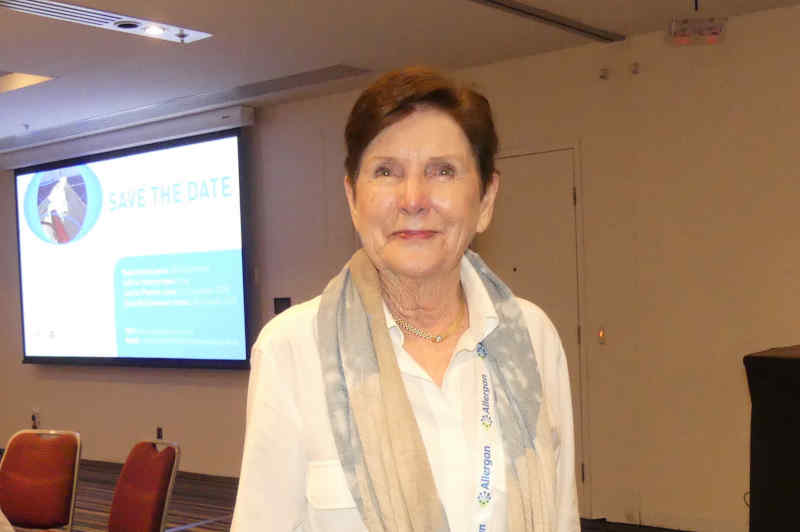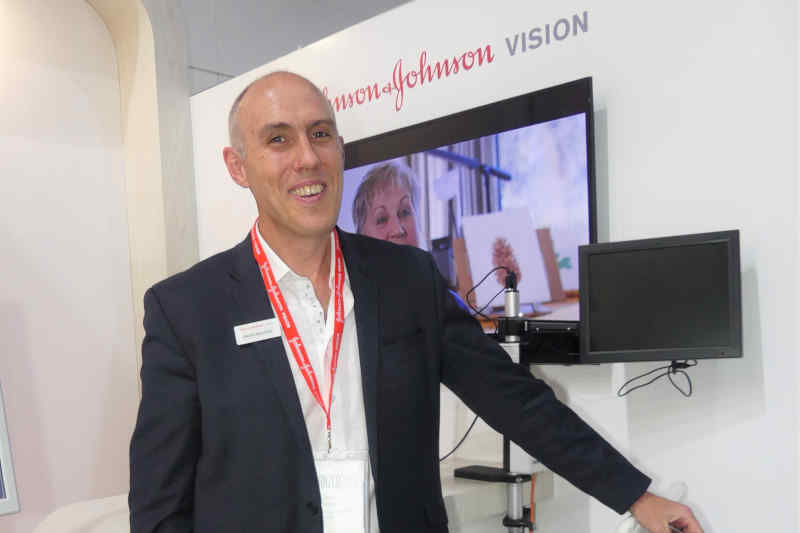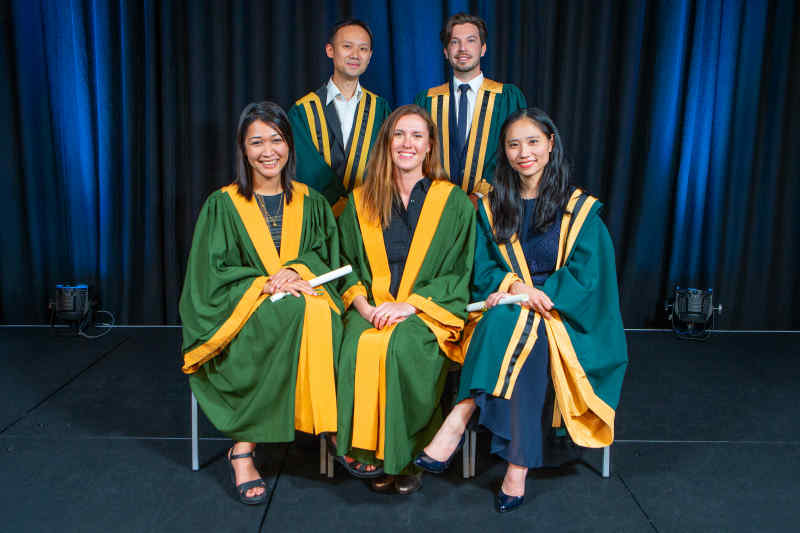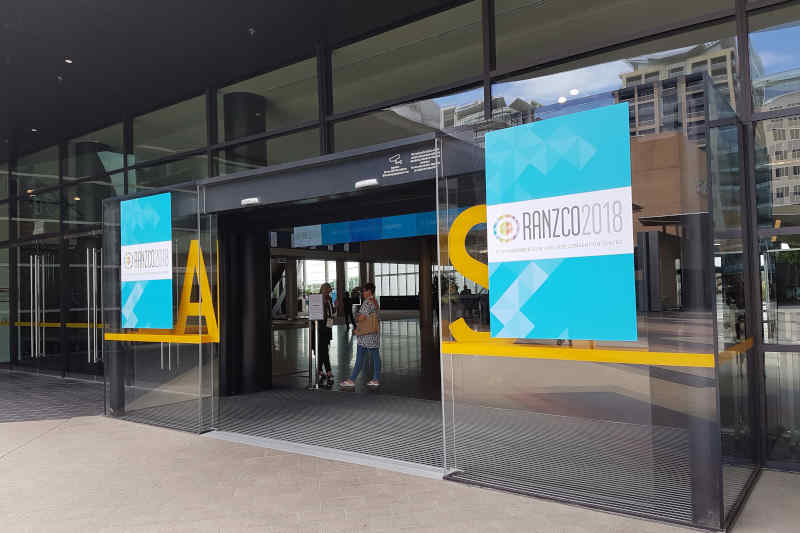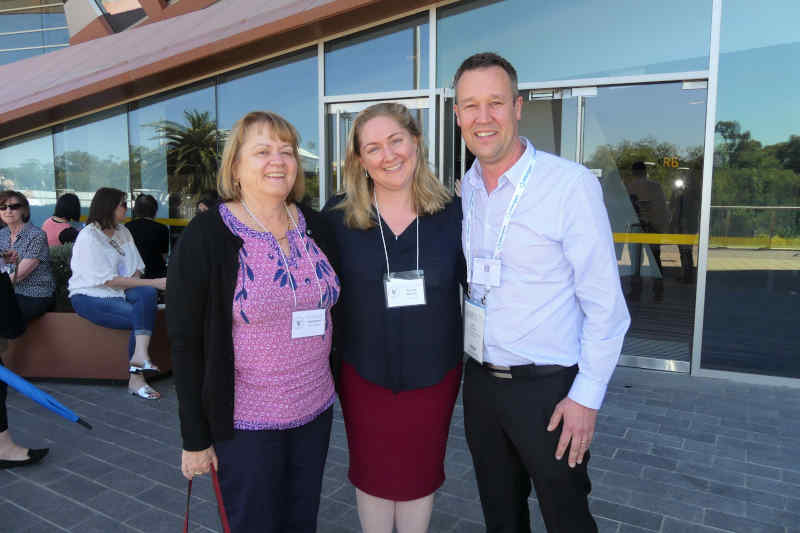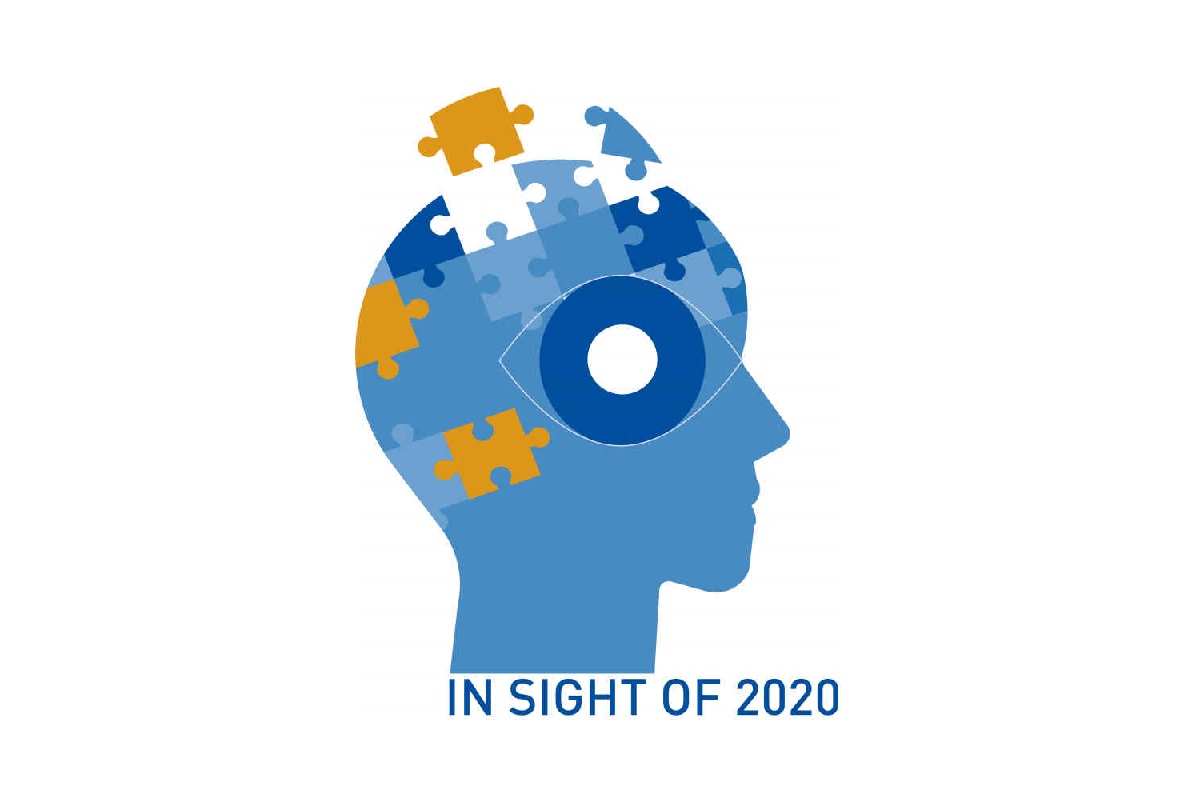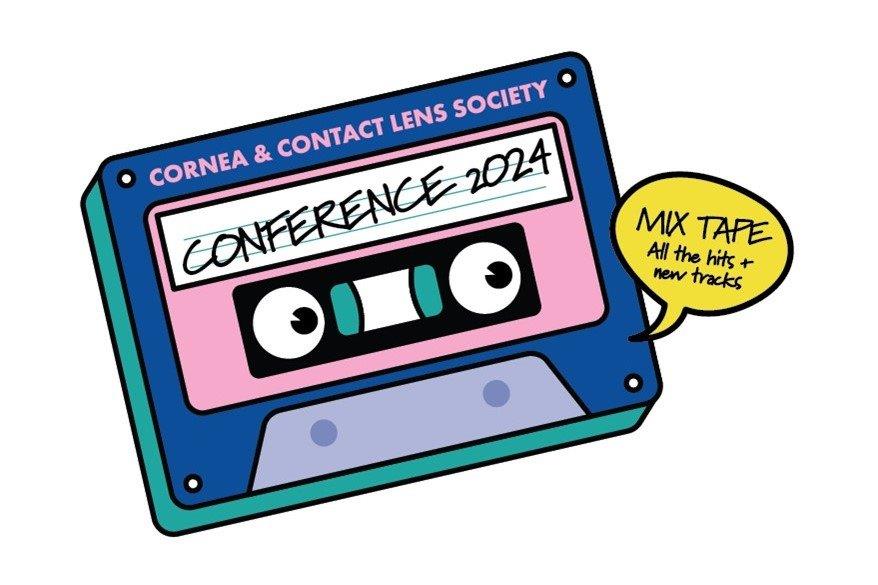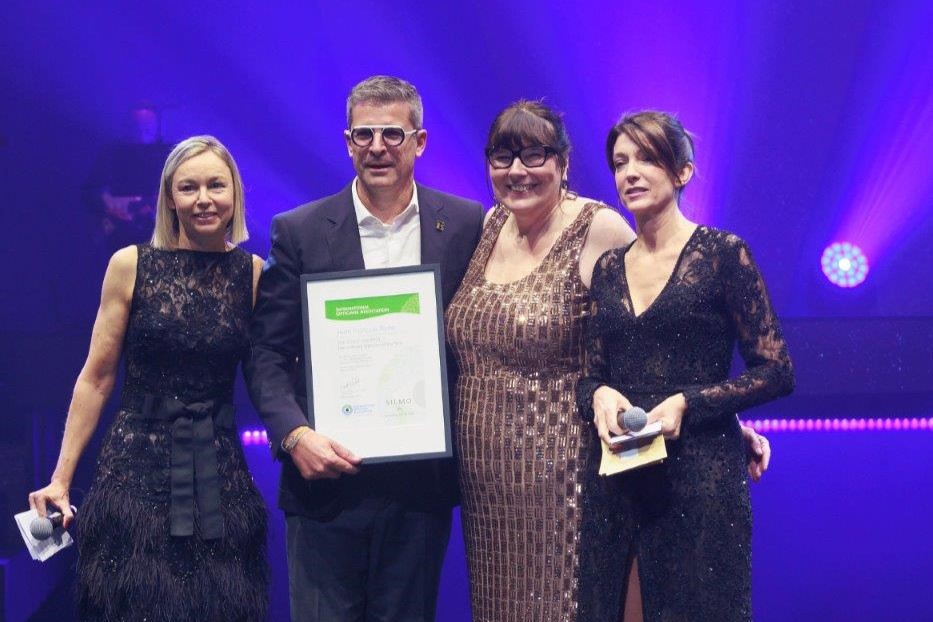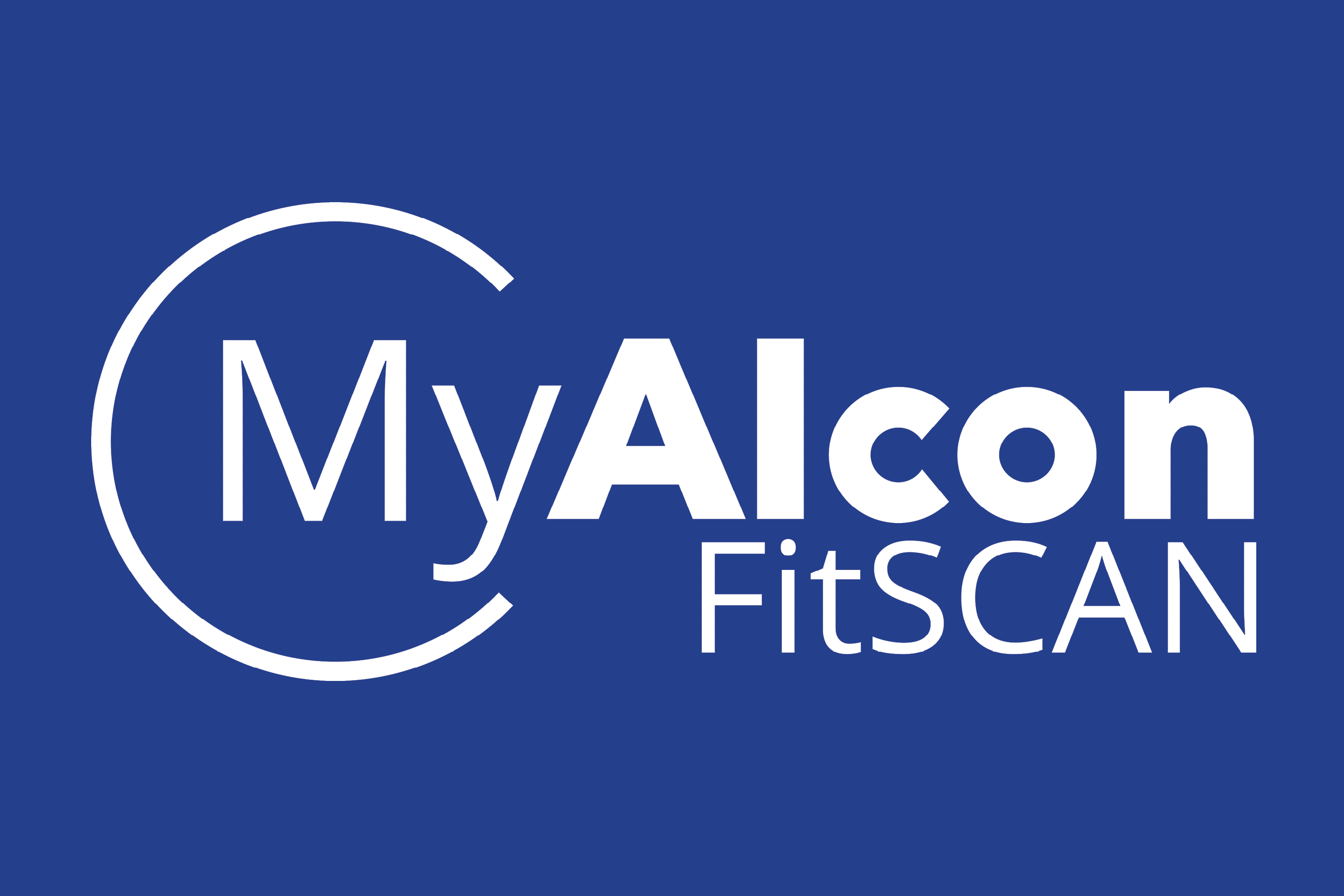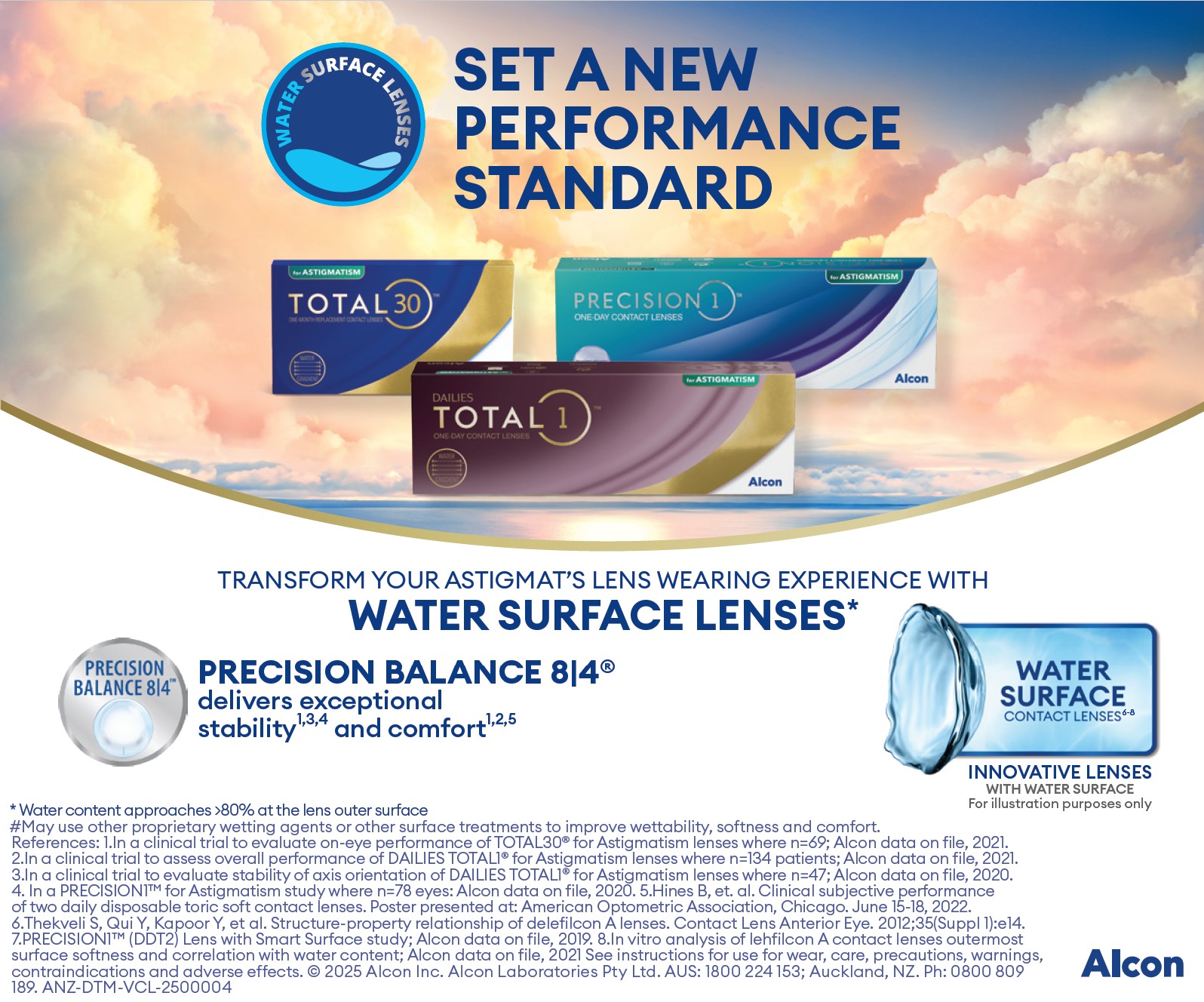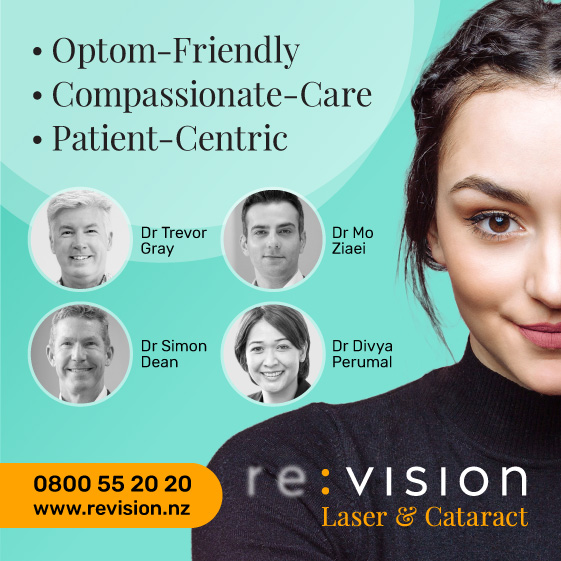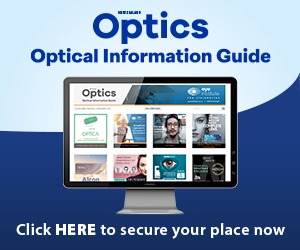Hot-off-the-press at RANZCO18
The Adelaide convention centre, with its mega floor to ceiling windows overlooking Adelaide’s stunning Riverbank Precinct and River Torrens was a pleasant surprise after so many walled in conference venues. The RANZCO 2018 exhibition room was also light and airy and hosted a hive of seemingly constant activity, with many delegates from the main meeting and the nurses’ and practice managers’ conferences taking time to talk to exhibitors to find out what’s new and what’s coming. Here’s some of the bigger news announced or shared at RANZCO 2018:
Optos
The Monaco difference
Retinal-imaging technology company Optos, proudly unveiled its latest ultra-widefield device to the Australasian ophthalmic market. The Monaco is set to revolutionise the way eyecare professionals examine the eye, said Anton Tesoriero, Optos ANZ sales manager. “It is the first ultra-widefield retinal imaging system to incorporate OCT (optical coherence tomography). This provides better efficiency in practice, as it allows you to take multi-modality imaging all on the one device and under the one platform.”
Practices are often tight for space and there is a challenge in having to move a patient from one imaging platform to another, he added. “So, to be able to incorporate all your imaging (colour, autofluorescence and OCT) with one machine and have it all done, undilated in both eyes, in under 90 seconds equals better patient outcomes and higher generated revenue.”
Alcon
Back to the future: experiencing 3D surgery
Alcon treated delegates to a special, invite-only Night on the red carpet where three Australian-based surgeons, Professor Stephanie Watson, Associate Professor Paul McCartney and Professor John Grigg shared their experiences with Alcon’s Ngenuity 3D Visualisation System. The evening session, complete with popcorn, 3D glasses and 3D videos of surgical cases from each of the panellists, was moderated by Dr Nathan Kerr, who adeptly controlled the many interested questions from a packed room of delegates.
First up was Prof Watson who talked us through her surgical videos. She described the experience of operating using a screen and 3D glasses versus the traditional microscope as “pretty cool”, though it takes a little getting used to, she said. “You need to be able to judge the depth and dissect the plane… but after a while I almost forgot I was using the system because it’s so real.” Prof Watson said there was no noticeable lag, though it would be nice to have some better designed, more comfortable 3D glasses.
A/Prof McCartney said he found the Ngenuity systems particularly interesting from an ergonomic point of view as it allows the retinal surgeon to sit how they’d like to sit, instead of having to stoop to look through a microscope. “You find yourself sitting back, and you see more because you get that wide field of view”, while Prof John Grigg said it was a fully immersive experience because of the large screen. “It felt like you were almost in the eye itself.”
Overall the panellists said they were impressed with the Ngenuity system especially the possibilities it offers for better surgery posture, your ability to change the colours of what you’re seeing to improve perception, depth and interpretation and, given that the viewing screen is so large, its training potential. But currently the technology is still a bit expensive, said Prof Watson after the meeting.
Device Technologies
New dry eye diagnosis tech and endoscopy system
Taking pride of place on Device Technologies’ stand was the new LacryDiag ocular surface analyser and Endo Optiks ophthalmic endoscopy system.
Quantel Medical’s compact LacryDiag system offers a complete dry eye diagnosis at a far more affordable price than current offerings on the market, said Device Technologies’ Diego Sonderegger. This includes qualitative and quantitative analysis of the lipid layer; quantitative analysis of the aqueous layer and evaluation of tear film stability; meibography of the upper and lower eyelids; and easy to read exam reports.
Endo Optiks’ endoscopy system, meanwhile, can be coupled with various external lasers for triple function laser endoscopy. “This is something that every emergency public eye department should have,” said Sonderegger, who was supported on the stand by Rich Camarra and Bipin Sharma, from Beaver-Vistec International, manufacturer of Endo Optik’s ophthalmic laser microendoscopes. These are already widely used in more than 2,000 US surgeries and hospitals, but are new to this region, said Sharma.
Microendoscopy is particularly useful in trauma, minimally invasive glaucoma surgery (MIGS) and vitreoretinal surgery, he added, demonstrating the endoscope on a dummy eye on the stand. For vitreoretinal surgery, microendoscopy allows the surgeon to save valuable time and gain a better perspective of underlying pathologies not accessible through the microscope. The endoscope allows simultaneously viewing of the eyes anatomy up close on a video monitor and titrating treatment with the built-in laser. It also works with all the latest technologies such as Alcon’s Ngenuity 3D system (see above), said Sharma.
Zeiss
Advanced cataract planning software, EQ Workplace
On show for the first time on Zeiss’ stand was its new, not-quite-released-yet, advanced cataract surgery planning software, EQ Workplace. It uses the company’s Forum platform, integrating the best of Zeiss’ biometry and surgical navigation through the mirror microscope, explained Dane Moloney, Zeiss’ medical division manager.
“It’s exciting because it’s making a more seamless transition of cataract planning data from the clinic to the theatre, which is historically a cumbersome process involving USBs. It’s a really big step forward.”
The EQ Workplace will allow surgeons to access biometry and diagnostic data remotely, and calculate and select intraocular lenses (IOLs), transferring and verifying data automatically from the Zeiss IOLMaster and reviewing pre- and post-operative refraction data to personalise IOL constants.
EQ Workplace is currently being piloted and should be rolled out this year.
Designs for Vision
Offering safer cataract surgery, the Zepto capsulotomy
Celebrating the company’s 40th anniversary, the Design for Vision team was even more upbeat than their normally very upbeat selves at RANZCO18. Sharing this bonhomie, was American ophthalmologist Dr Kevin Waltz, chief medical officer for Mynosys Cellular Devices, maker of the new Zepto precision pulse, automated and disposable, capsulotomy technology.
The Zepto capsulotomy system provides consistent, high-quality anterior lens capsulotomies during cataract surgery in a convenient, far more cost-effective, disposable format, explained Dr Waltz. “Zepto is more than a capsulotomy device. It’s an efficiency device. It improves your outcomes and it improves the safety of the cataract surgery… You can centre the device on the visual axis, so you’re more likely to get a centred IOL with 360⁰ overlap of the capsule after the surgery, which is a critical part that’s very difficult for even experienced surgeons to get every time... It essentially gives you a safety net.”
AFT Pharmaceuticals
New perfluorohexyloctane and DED study results
Dominating AFT’s stand was Novaliq’s new product NovaTears (perfluorohexyloctane), a first-in-class preservative-free eye lubricant and tear film stabiliser which is causing a bit of a stir in the treatment of evaporative dry eye disease (DED).
A recent study, displayed in poster format on the stand, revealed the majority of the product ends up in the meibomian glands supporting its potential for the treatment of meibomian gland disease (MGD), said AFT’s Ben Olsen. “The study shows how you can use lipid or oil to liquify oil.”
Following this initial study on rabbits, NovaTears’ manufacturer Novaliq has also released positive topline results for its SEECASE phase 2 clinical trial - a US-based multi-centre, randomised, double-masked, saline-controlled clinical trial on 336 patients, designed to evaluate the effects of perfluorohexyloctane (called NOVO3 in this study) at two different dosing levels on DED.
The trial met its pre-specified primary endpoint, improving total corneal fluorescein staining compared with the control at eight weeks, with high statistical significance for both dosing regimens QID and BID (p<0.001 and p=0.009, respectively). The company said treatment effects were visible from two weeks and were maintained over the entire duration of the trial. “The magnitude of effect in symptoms is on average up to 50% improvement from baseline depending on the parameter and thus highly relevant for DED patients.”
For more on the science behind NovaTears visit, www.eyeonoptics.co.nz/articles/archive/not-all-eye-drops-are-created-equal/
OptiMed
The all-encompassing VX130
Just two months old, the VX130 multi-function wavefront anterior segment analyser is a multi-diagnostic, seven-in-one device, explained OptiMed’s technical sales specialist John Larkin. “It gives you full posterior and anterior topography, saving space and time, and enhances the customer experience because they don’t need to be moved between multiple machines. It’s fully automated and takes all the measurements in one go, so this instrument is perfect for pre-op and post-op and for monitoring patients with eye diseases... and if you costed up all those seven devices, it would be well in excess of what this machine delivers.”
Key features of the VX130 include; Placido Ring corneal topographer with 100,000 measurement points; high density Shack-Hartmann wavefront aberrometry up to 1,500 points; Scheimpflug imaging corneal tomography and pachymetry; measures pupils as small as 2mm; autotracking, measurement and focusing; retro-illumination to spot aberrations in the intraocular lens and cornea scratches, more easily; global view of refraction aberrations EMR and VX55 digital refraction compatibility; and a 26.4cm colour touchscreen interface.









